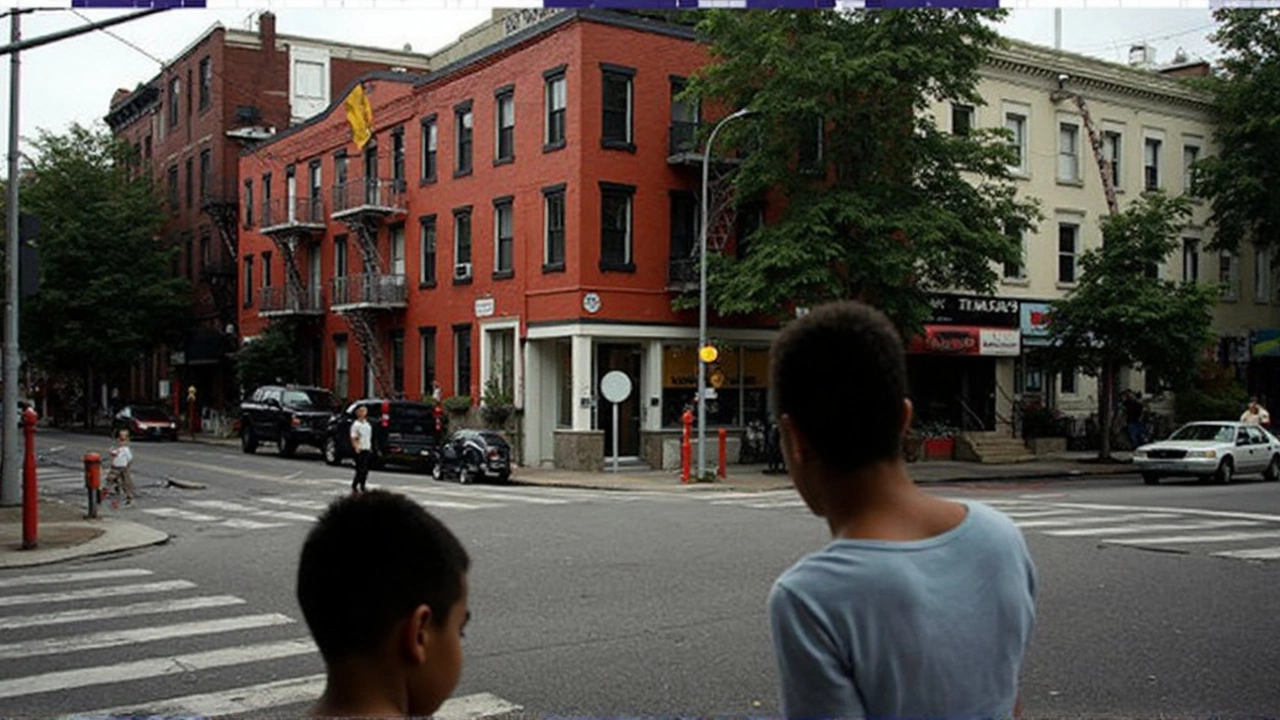The Day Everything Changed: Etan Patz and the Birth of 'Stranger Danger'
May 25, 1979, started like any other morning in Manhattan's SoHo neighborhood, but for Stan and Julie Patz, it quickly turned into a nightmare that would echo across America. Six-year-old Etan was allowed to walk to his school bus stop alone for the first time. He never made it. News of his disappearance tore through the city, leaving parents everywhere suddenly second-guessing the once-normal practice of letting kids explore their neighborhoods solo.
Etan’s face soon became one of the first to appear on milk cartons, a groundbreaking effort to involve the public in finding missing children. Suddenly, families couldn’t escape the piercing question: Could this happen to my child? The term 'stranger danger' caught fire after Etan’s case, and in kitchens and playgrounds across the country, the discussions shifted from 'What time will you be home?' to 'Don’t talk to anyone you don’t know.' Public fear was fueled by media attention, but so were meaningful responses.
Parents, Politicians, and the Push for Protection
The Patz family didn’t retreat into silence; they led a charge. Their crusade for change helped spark a wave of reforms. Stan and Julie pushed for a national missing children hotline, making it easier for panicked parents to get help fast. They lobbied politicians until May 25—the day Etan vanished—was named National Missing Children’s Day. Suddenly, missing kids weren’t just a family’s tragedy; they were a national concern.
This tragedy also hit the legal books. States started updating what counted as 'neglect' or 'abandonment.' This inspired fierce debates: Where should we draw the line between parental freedom and necessary state protection? Some parents felt accused just for letting their kids take reasonable risks, while lawmakers argued that the state owed children a guarantee of safety. These debates remain as intense now as they were in the 1980s, especially when stories of parents being investigated for letting kids walk to the park alone pop up in the news.
Etan’s case also played a key part in pushing police departments to treat missing children cases with greater urgency. No longer seen as 'runaways,' missing kids got more immediate attention from law enforcement, with tighter protocols and higher stakes for failing to act quickly.
It wasn’t just policy that changed—urban life itself shifted. Neighborhoods like SoHo turned from free-range zones where kids roamed, into places where childhood autonomy was suddenly suspect. Parents started accompanying their kids everywhere. Parks and playgrounds, once packed with unsupervised children, grew quieter unless watched over by anxious adults. In larger cities, fear pushed neighborhoods to embrace security cameras and neighborhood watches, and the balance between trust and vigilance tipped for good.
While the case of Etan Patz faded from front-page news over time, it returned when Pedro Hernandez, a former convenience store worker, confessed decades later to killing Etan. His 2017 conviction brought some closure, but also controversy—the reliability of Hernandez’s confession was hotly disputed, with critics pointing to inconsistencies and the challenge of relying on decades-old memories. Even the legal ending didn’t erase the questions Etan’s disappearance raised about how much freedom kids should have and how much fear is too much.
The shadow of Etan Patz lingers today. Modern parenting debates—like whether it’s safe for a ten-year-old to walk the dog, or if tracking apps are helping or hurting development—can all be traced back to this single, tragic event. Etan’s story forced the country to overhaul everything from milk carton campaigns to emergency alerts, and it still shapes how Americans talk, worry, and make rules about childhood independence.
